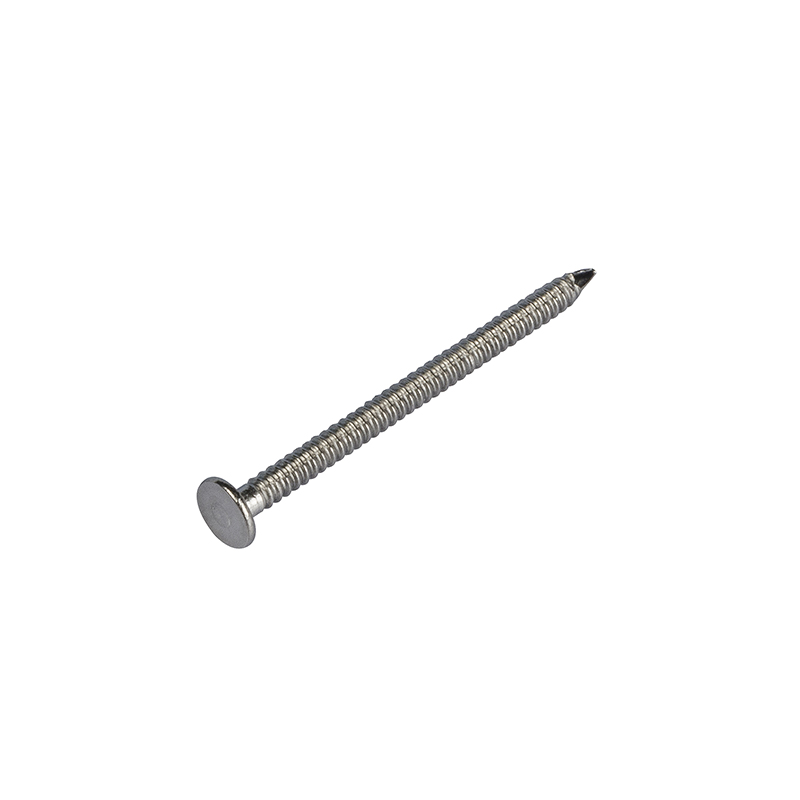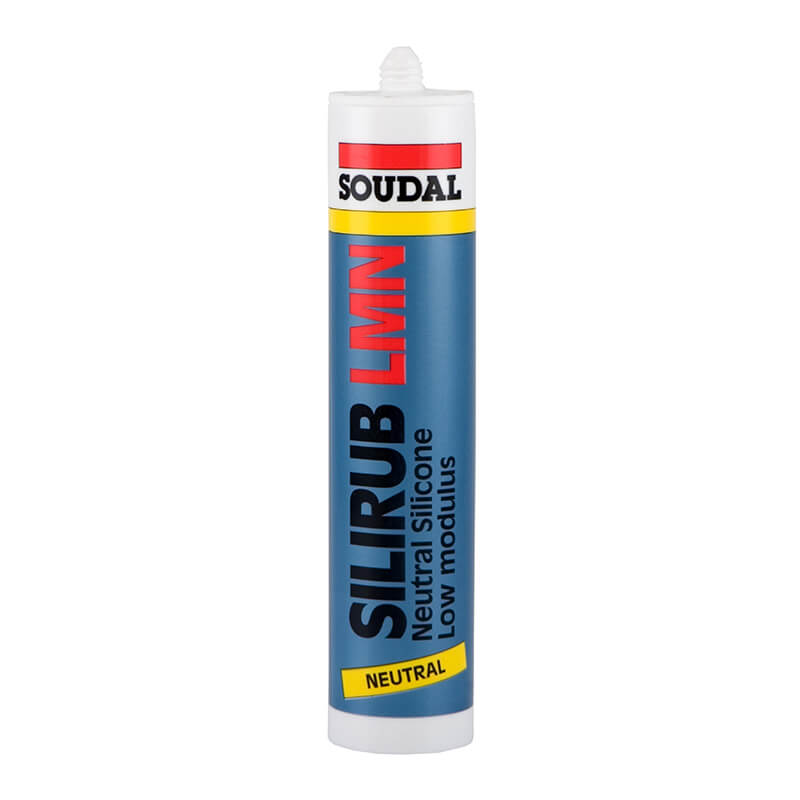What are the different types of external UPVC Cladding?
The main types of UPVC cladding are Shiplap, Open V Joint and Featheredge. All types protect your home from the elements and can be used to transform the aesthetics of your property or replace rotting timber boards. The profile of shiplap cladding assists the run off of water and is often chosen for large projects or where the overlapping design is preferred. Open V joint cladding has a slightly different profile in that it has a distinctive symmetrical V joint giving a contemporary finish while featheredge is designed to mimic the appearance of traditional timber cladding without the maintenance.
What styles of PVC cladding are available?
There are many different designs and a variety of colours on the market. The first option is plain cladding, which often comes in white or cream. If you are looking for a true wood effect, woodgrain textured external cladding is the answer. This realistic looking PVC alternative to timber is just as attractive as wood but is easier to maintain and longer lasting. The final option is woodgrain external PVC cladding. Although this does not have the textured appearance of a timber board, it emulates wood cladding perfectly. So, whether you live in a country cottage, a 60’s semi or a modern mansion, there is PVC cladding to suit.
How do I install external PVC cladding?
External PVC cladding not only improves the look of your home, but it also adds an extra layer of protection against the elements. It is a fantastic alternative to traditional timber - it looks just as good, but it is low maintenance, long lasting, and you can install it yourself, saving both time and money. Preparation is paramount - for all installations preparation is key. You will require a sound substrate, good quality battens (suitable treated timber), insulation (if required) and a vapour membrane. If you are replacing existing cladding, you must also remove all old material before starting to install your new cladding. Colour coded - for a safe, successful installation, you must consider the key differences between white and colour/foil cladding, as the installation guidance differs slightly for each. For an in-depth, step-by-step guide on how to install PVC cladding correctly, head over to our guide on external PVC cladding
What are the benefits of UPVC cladding?
PVC cladding is a ‘skin’ for your home. It provides an extra layer of protection to your external walls, helping to increase internal insulation and minimise air leakage, which in turn can improve energy efficiency and running costs. PVC cladding is available in an extensive range of colours – from traditional white and cream to contemporary grey and light blue - and designs, allowing you to add an interesting aesthetic or a new lease of life to your home. Further information about how PVC cladding can help protect your home, the different styles of PVC cladding available – and how to install it – can be found on our blog. For an in-depth, step-by-step guide on how to install PVC cladding correctly, head over to our PVC installation guide
















